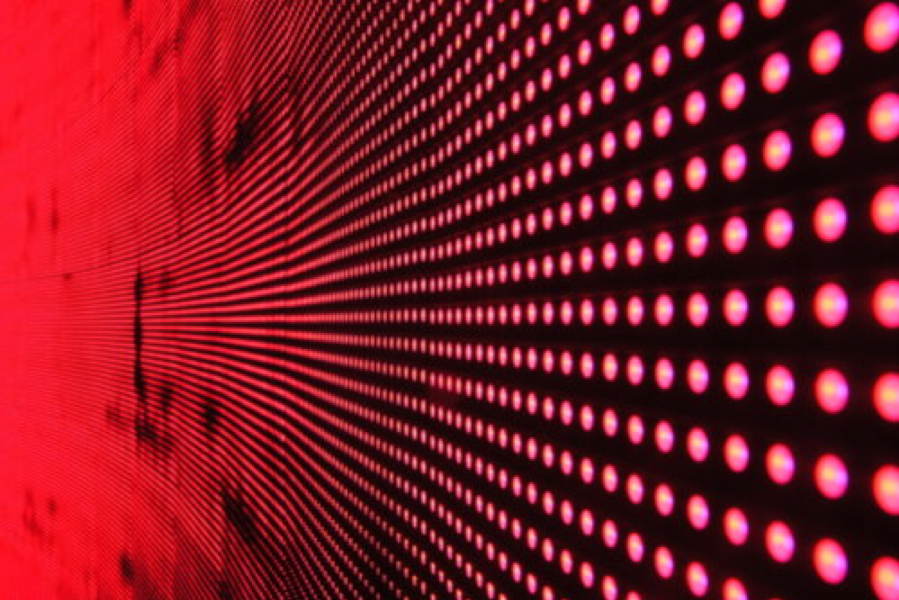Vertical Divider
Musing on Materials
Researchers Develop Macrocycle Ring of Donors/Acceptors to Increase OLED Efficiency
February 02, 2020
A researchers team from Osaka University has developed a new molecular emitter for OLEDs that uses rational chemical design. The scientists were able to arrange the electron donors and acceptors into a ring called a “macrocycle”, showing better efficiencies compared to linear molecular emitters. The wheel-shaped molecule could potentially also be used for energy-efficient chemical sensors. OLEDs convert electricity into light with carbon-based molecules with single and double chemical bonds alternate called p-conjugation that allows for high electron mobility because they’re delocalized over large regions of the molecule. These molecules are typically long linear chains.
Figure 1: Macrocycle Ring
Researchers Develop Macrocycle Ring of Donors/Acceptors to Increase OLED Efficiency
February 02, 2020
A researchers team from Osaka University has developed a new molecular emitter for OLEDs that uses rational chemical design. The scientists were able to arrange the electron donors and acceptors into a ring called a “macrocycle”, showing better efficiencies compared to linear molecular emitters. The wheel-shaped molecule could potentially also be used for energy-efficient chemical sensors. OLEDs convert electricity into light with carbon-based molecules with single and double chemical bonds alternate called p-conjugation that allows for high electron mobility because they’re delocalized over large regions of the molecule. These molecules are typically long linear chains.
Figure 1: Macrocycle Ring
Source: Osaka University
Youhei Takeda, team leader designed and synthesized a macrocyclic OLED emitter, in which the molecule has a permanently bonded ring structure. The nanoscale cavities inside the rings can be designed to interact with target molecules to create efficient and selective chemical sensors. Possible future applications include the detection of chemical substances such as water molecules or gases, based on the modulation of light emitted when the target substance is present inside the cavity.
|
Contact Us
|
Barry Young
|

